Table of Contents
-
Understanding YouTube Revenue Calculator Fundamentals
-
How Much YouTubers Actually Make: Reality vs. Projections
-
Advanced Calculator Features and Selection Criteria
-
Strategic Implementation: From Calculation to Revenue Optimization
-
Final Thoughts
TL;DR
Last year, I probably wasted three months obsessing over YouTube revenue calculators. I’d plug in my numbers, get wildly different estimates from different tools, and honestly? I had no clue which ones to trust. Turns out, I was asking the wrong questions entirely.
Here’s what I wish someone had told me from the start: these calculators use RPM (Revenue Per Mille) as their main number, but they’re terrible at predicting how your specific audience and content will actually perform. Real YouTuber income is all over the place – I’ve seen micro-creators make $0.50 per thousand views while others in the same subscriber range pull $5+. The difference isn’t luck; it’s strategy.
Brand partnerships are where the real money lives – we’re talking 10 to 50 times more than ad revenue for the same views. Those AI-powered calculators everyone’s raving about? They’re getting scary good at predicting trends, but they still can’t tell you when YouTube’s algorithm decides to randomly tank your reach.
The creators actually making serious money use these calculators as starting points, then build income streams across multiple platforms. YouTube becomes their marketing channel, not their bank account.
According to TunePocket, finance and business content in high-tier countries like the U.S. or Germany can see RPMs between $10 to $22+, while general entertainment or gaming content in mid-tier countries might average around $0.50 to $4.00. I remember talking to Sarah, a finance YouTuber with 80K subs, and she was pulling in $15 per thousand views while I was stuck at $2.50 with similar content. Made zero sense until I realized 90% of her audience was from the US and UK, while mine was… well, everywhere.
Understanding YouTube Revenue Calculator Fundamentals
These calculators aren’t magic money predictors – they’re basically educated guessing machines that crunch your data against industry averages. When I first started using them, I made the classic mistake of treating their estimates like gospel. Big mistake.
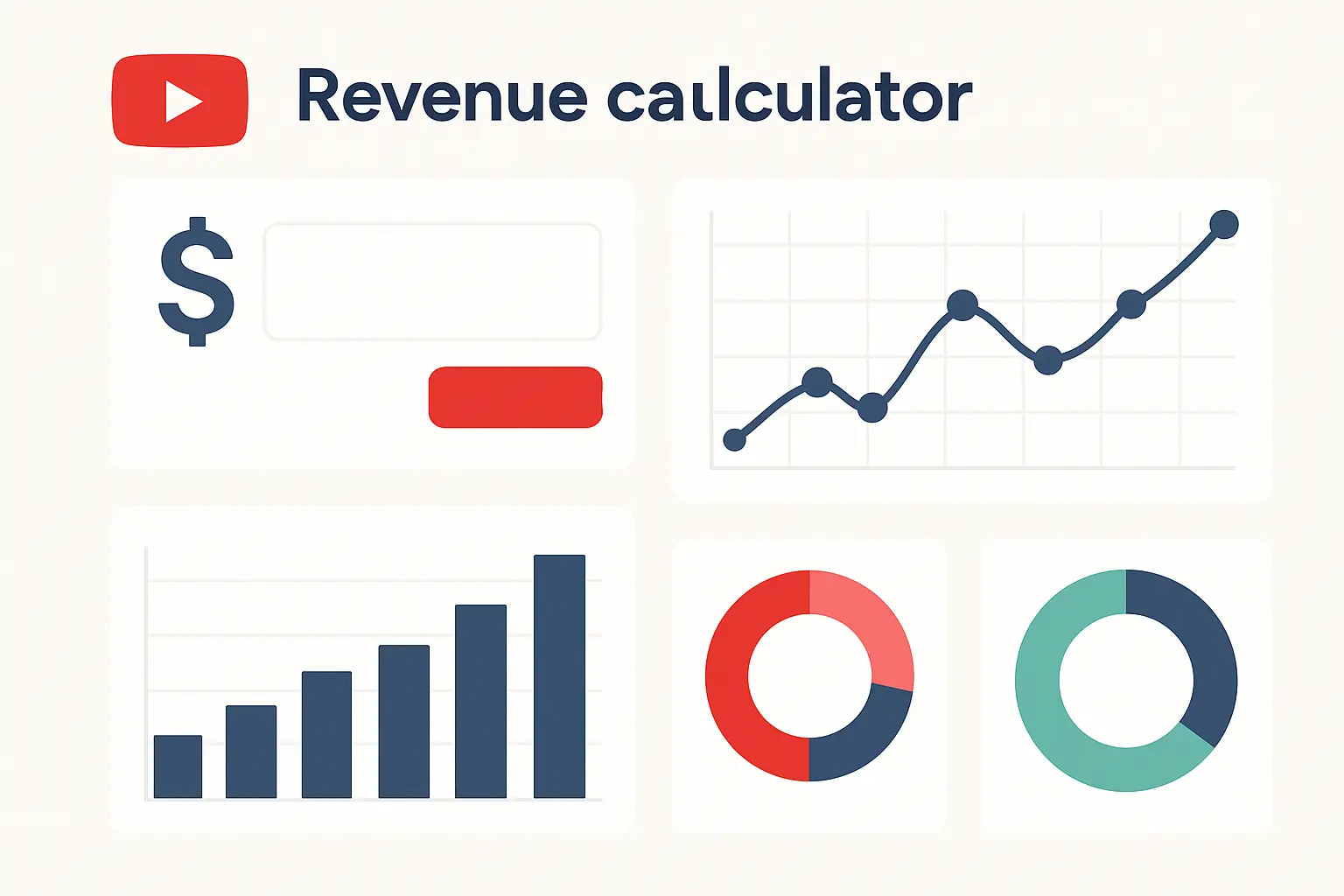
Here’s the thing that blew my mind: YouTube revenue calculators have evolved way beyond those simple “multiply views by two cents” tools from five years ago. The decent ones now factor in engagement rates, audience location, and even what type of content you’re making. But they’re still just making educated guesses based on patterns from thousands of other creators.
I spent way too much time in the beginning focusing only on view counts. Thought more views automatically meant more money. Then I met Marcus at VidCon last year – same subscriber count as me, similar views, but he was making four times what I was. Felt like a punch to the gut until he showed me his analytics. His audience was 80% from English-speaking countries while mine was scattered across 40 different places.
Core Calculator Components and Metrics
The foundation of any decent calculator comes down to understanding a few key numbers that most creators completely ignore. Views matter, obviously, but engagement rates, where your audience lives, and what kind of content you make create the real revenue picture.
What surprised me most was learning how dramatically these numbers can change. Dude, nobody warned me about the December thing. I’m cruising along making my usual $2 per thousand views, then December hits and suddenly I’m at $7.50. I thought YouTube broke or something. Turns out holiday shopping makes advertisers go nuts with their budgets.
Your geographic audience mix can swing your earnings by 300-400%. These aren’t small adjustments – they’re game-changing variables that most people don’t even think about when they’re planning content.
View Count Analysis and Revenue Per Mille (RPM)
RPM is your bread and butter number – it tells you how much you’re making per 1,000 views. But here’s what nobody tells you: RPM changes constantly based on when you post, what you post about, and who’s watching.
My buddy Jake does gaming content and he’s always complaining about making peanuts compared to the finance bros. He’ll get a million views and make what they make on 200K. It’s brutal but makes sense – nobody’s buying expensive stuff from gaming ads.
According to Social Blade, the accepted RPM range fluctuates between $0.25 USD – $4.00 USD, but that’s a massive range because so many factors come into play. Quality of traffic, where people are watching from, what kind of videos you make, how expensive the ads are, whether people are using ad blockers – it all adds up.
Gaming channels typically see lower RPMs ($1-3) compared to finance or business content ($5-15). Seasonal changes can double or triple your RPM during peak advertising periods. I went from $2 RPM in February to $6 RPM in November with the exact same audience watching similar content.
The tricky part? Most calculators use average RPM data, which can be totally misleading for your specific situation. Your actual RPM depends on factors that generic calculators can’t possibly know about your unique audience and content mix.
|
Content Category |
Typical RPM Range |
Peak Season Multiplier |
|---|---|---|
|
Finance/Business |
$5-15 |
2.5x |
|
Technology |
$3-8 |
2.0x |
|
Gaming |
$1-3 |
1.5x |
|
Entertainment |
$2-6 |
2.0x |
|
Education |
$4-10 |
1.8x |
|
Lifestyle |
$2-5 |
2.2x |
Audience Demographics and Geographic Impact
Here’s something that’ll mess with your head – when my video went viral in India, I got 500K views and made like $180. When the same video randomly picked up traction in Canada a month later with just 50K views, I made $220. The math is wild.
This isn’t just about currency exchange rates. Advertisers pay premium rates to reach audiences in high-purchasing-power countries. Your calculator results will be completely wrong if they don’t account for where your specific audience actually lives.
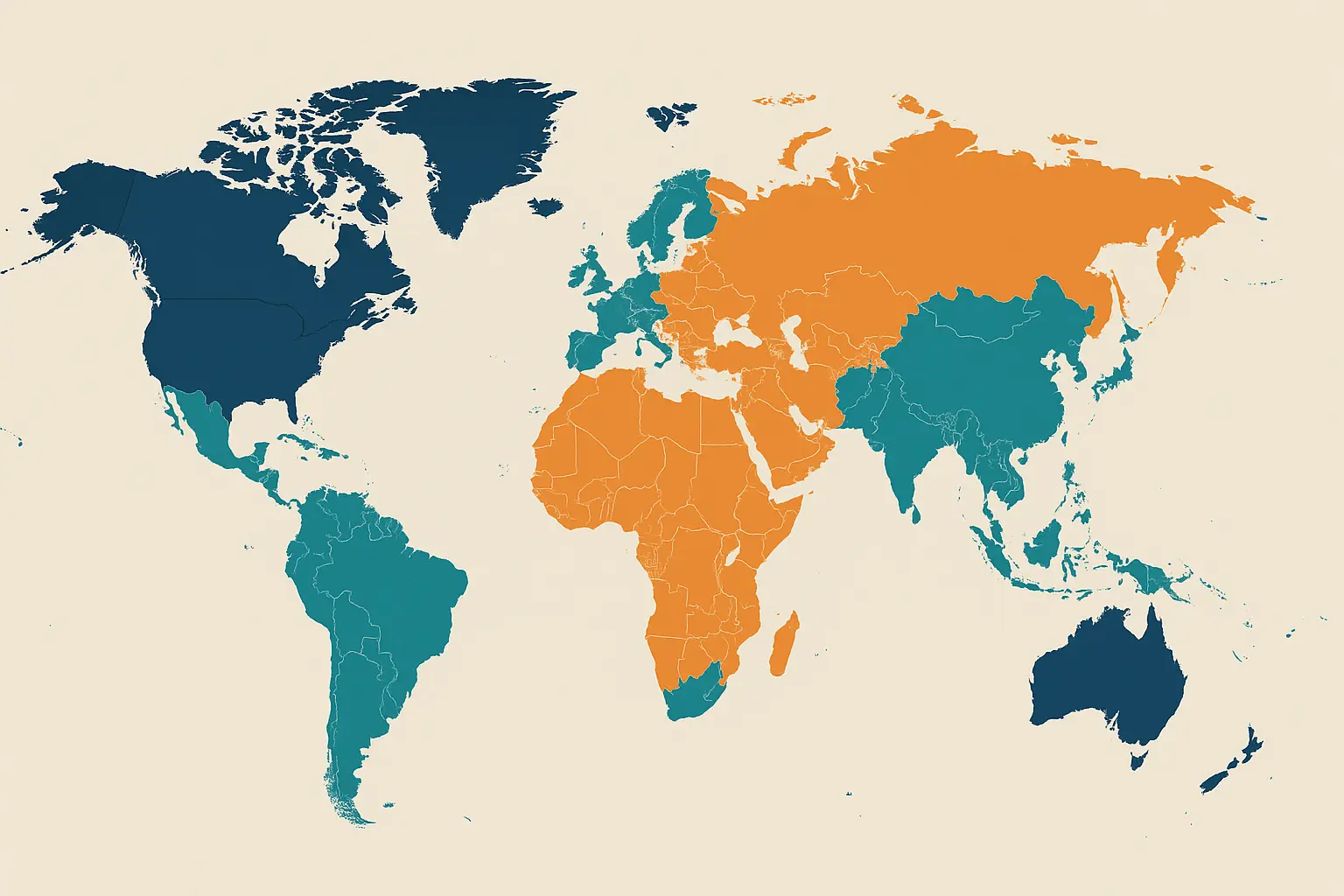
I learned this lesson the hard way when comparing my earnings to another creator with identical subscriber counts. They were making 4x more per view simply because 80% of their audience came from English-speaking countries, while mine was more globally distributed. The view counts looked similar, but the revenue wasn’t even close.
Engagement Rate Calculations
I used to make these 15-minute rambling videos where people would bounce after 3 minutes. Terrible watch time, terrible money. Started keeping things tight at 8 minutes, people actually stayed, and my earnings doubled literally overnight. YouTube rewards you when people stick around.
My friend Lisa does makeup tutorials and gets crazy engagement – like 15% on every video. Same view count as this other creator I know who barely gets comments, but Lisa makes twice as much. YouTube’s algorithm basically rewards creators whose audiences actually care.
Watch time percentage is particularly crucial. Videos with 60%+ average watch time typically earn 2-3x more per view than videos where people click away quickly. Comments and likes create additional signals that boost your content in the algorithm.
Most basic calculators ignore engagement rates entirely, which explains why their estimates often fall short of reality for highly engaging content. The creators making serious money aren’t just getting views – they’re getting quality engagement that translates to premium ad rates.
Revenue Estimation Methodologies
The evolution of these tools has been fascinating to watch. Early calculators were basically just: views × average RPM = estimated earnings. Today’s tools are way more sophisticated, but they’re also more complex to understand and use correctly.
The newer calculators are getting scary smart. I used one last month that told me I should’ve posted my iPhone review two days earlier to catch the trend wave. It was probably right – I missed that sweet spot by like 48 hours.
Advanced calculators now factor in multiple revenue streams, seasonal patterns, and even trending topic multipliers. They’re trying to capture the full picture of how creators actually make money, not just ad revenue from individual videos.
However, sophistication doesn’t automatically equal accuracy. The most advanced calculator is only as good as its underlying data and assumptions. Understanding how these methodologies work helps you interpret results more intelligently.
Multi-Stream Revenue Integration
Smart calculators have started including revenue streams beyond just ads. Channel memberships, Super Chat, merchandise sales, and even estimated sponsorship potential get factored into comprehensive earning projections.
This approach makes sense because successful creators rarely depend on ad revenue alone. The creators making six figures typically generate 60-80% of their income from sources other than YouTube’s ad program.
When I started using calculators that included these additional revenue streams, my projected earnings jumped significantly. More importantly, the estimates became much more accurate compared to what successful creators in my niche were actually reporting as their total income.
Seasonal and Trend Adjustments
Seasonal adjustments have become crucial for accurate revenue estimation. December earnings can be 3-4x higher than February earnings for the same content and audience, purely due to holiday advertising spending.
The AI caught something I never would’ve noticed – my tech reviews do way better when I post them between 2-4 PM on weekdays. Who thinks about that stuff? Apparently robots do, and they’re not wrong.
Trend multipliers attempt to predict earnings boosts from creating content around viral topics or current events. A video about a trending topic might earn 5-10x more than evergreen content with similar production value.
The challenge with seasonal and trend adjustments is that they’re based on historical patterns that might not repeat. Algorithm changes, economic conditions, and cultural shifts can disrupt these patterns without warning.
Calculator Accuracy and Limitations
I need to be brutally honest about calculator accuracy: even the best ones are educated guesses with significant margin for error. I’ve seen estimates that were off by 200-300% in both directions, and that’s not necessarily the calculator’s fault.
The YouTube ecosystem changes constantly. Algorithm updates, advertiser behavior shifts, seasonal fluctuations, and viral unpredictability create variables that no calculator can perfectly predict. The goal isn’t perfect accuracy – it’s reasonable estimation for planning purposes.
I wish someone had told me early on to treat these tools as starting points rather than gospel truth. They’re useful for planning and goal-setting, but don’t bet your rent money on their predictions.
Data Source Reliability
The quality of a calculator’s data sources makes or breaks its usefulness. Tools that pull from real-time YouTube Analytics API data will always be more accurate than those using months-old industry averages or self-reported creator earnings.
I love that these things just sync with my YouTube account now. Used to spend forever typing in numbers, probably getting half of them wrong. Now it just knows my stats better than I do.
I’ve found that calculators using live data can spot trends and changes much faster. When CPM rates dropped during economic uncertainty, API-connected tools reflected this within days, while static calculators continued showing outdated optimistic projections.
However, even real-time data has limitations. YouTube doesn’t share all monetization data publicly, so calculators must make assumptions about certain metrics. The best tools are transparent about what data they’re using and what they’re estimating.
How Much YouTubers Actually Make: Reality vs. Projections
Here’s where things get interesting – and where most calculators completely fall apart. The difference between projected earnings and what creators actually make can be shocking, both positively and negatively.
According to recent data from DemandSage, YouTube has over 2.5 billion active users, with 69 million creators competing for attention. The highest-paid YouTuber, Mr. Beast, earned $85 million in 2024 with 93 billion views across his channel. That’s insane money, but it also shows how brutal the competition is for everyone else.
I’ve talked to dozens of creators across different subscriber tiers, and the earnings variation is absolutely wild. Two creators with identical subscriber counts and similar view numbers can have completely different income levels. The secret isn’t in the numbers that calculators can see – it’s in the business decisions and strategies that happen behind the scenes.
Most calculators focus heavily on ad revenue because that’s the easiest data to estimate. But here’s what broke my brain – ad revenue is often the smallest piece of a successful creator’s income pie. This fundamental misunderstanding leads to projections that miss the mark by enormous margins.
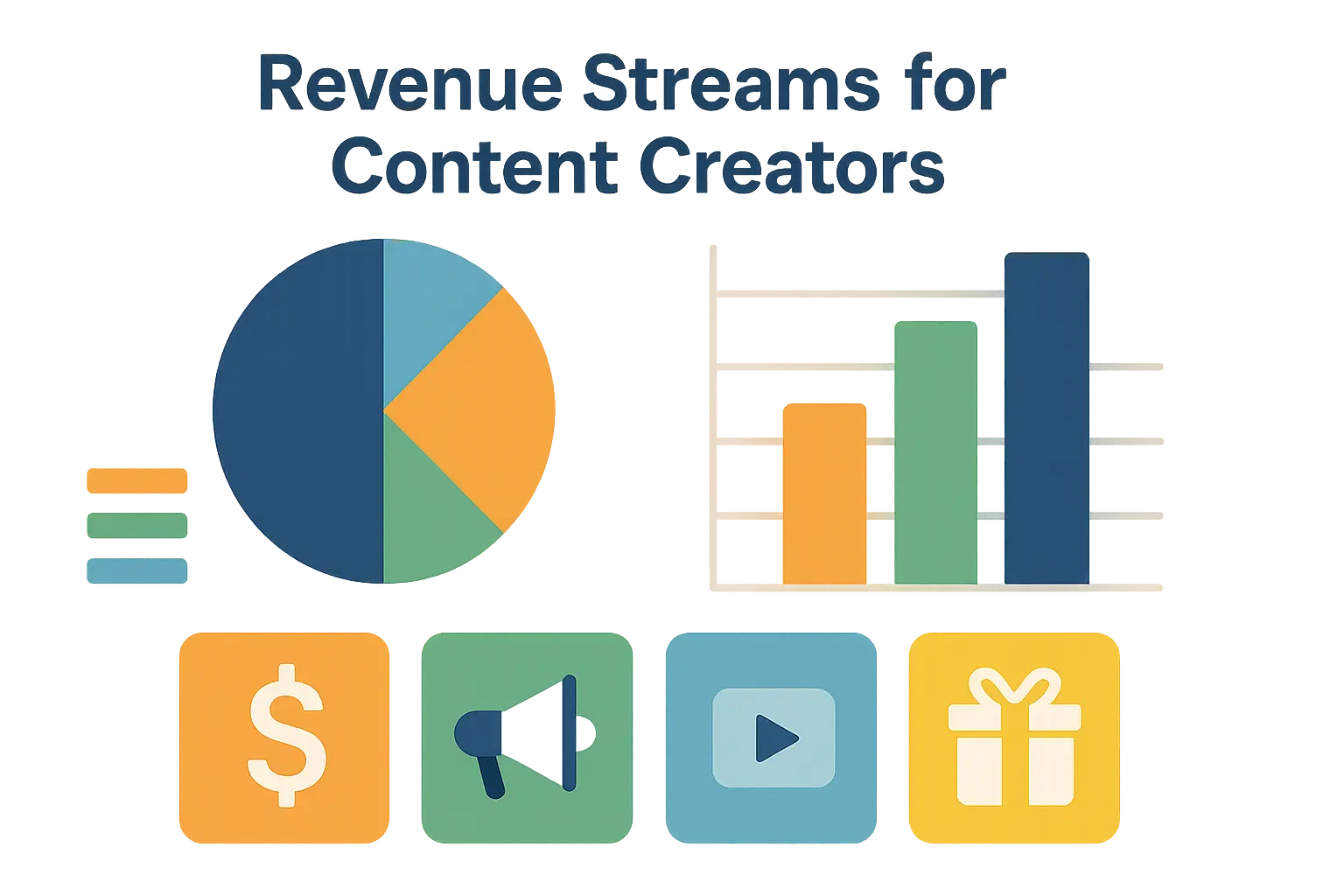
Revenue Tier Analysis by Channel Size
Channel size creates distinct earning patterns that most people don’t understand. It’s not a straight line where more subscribers automatically equals proportionally more money. Each tier has its own challenges, opportunities, and ways to make money.
The relationship between subscribers and earnings is way more complex than most calculators account for. A creator with 50K highly engaged subscribers in a profitable niche might out-earn someone with 500K subscribers in a low-monetization category.
Understanding these tier-specific patterns helps you set realistic expectations and focus on the monetization strategies that actually work at your current level.
Micro-Influencers (1K-100K Subscribers)
When I started, I was making maybe $73 my first month. Felt like winning the lottery even though it barely covered my coffee habit. Those early days when you’re making fractions of a penny per view… it’s rough but everyone starts there.
According to DemandSage, small YouTubers can earn around $50-$100 per month initially, with average YouTube earnings per view ranging between $0.002-$0.025 in ad revenue. That’s basically nothing, which is why micro-influencers who succeed focus heavily on other income streams.
The successful micro-influencers I know focus heavily on affiliate marketing and direct brand partnerships. A single affiliate commission or small brand deal can equal months of ad revenue. They’re building relationships and proving their value to brands, not just chasing view counts.
What surprises most people is that micro-influencers often have higher engagement rates than larger creators. This makes them attractive to brands looking for authentic audience connections, even if their reach is smaller.
Mid-Tier Creators (100K-1M Subscribers)
Once you hit that 100K mark, things change. I went from making $1.20 per thousand to around $4.80 almost overnight. Same content, same me, but suddenly brands started caring and YouTube started taking me seriously.
Mid-tier creators hit the monetization sweet spot. Ad revenue becomes meaningful ($2-$8 per 1,000 views), and brand partnership opportunities expand significantly. This is where YouTube income can transition from side hustle to primary income source.
My first real sponsor offer was $1,200 for a single video. I literally screenshot it and sent it to my mom. Now I’m getting offers in the $5K range, but only because I proved I can actually move products. Brands don’t care about your subscriber count if nobody buys anything.
The key differentiator at this level is consistency and niche authority. Creators who establish themselves as experts in specific topics can command premium rates from both advertisers and sponsors. Their audience trusts their recommendations, which translates to higher conversion rates.
Top-Tier YouTubers (1M+ Subscribers)
The big creators I’ve met at conferences barely think about ad revenue anymore. They’re selling courses, launching products, doing speaking gigs. YouTube just brings people into their world – the real money happens everywhere else.
Top-tier creators ($3-$10+ per 1,000 views from ads) have transcended YouTube monetization entirely. Their primary income comes from business ventures, major brand partnerships, merchandise lines, and other ventures that use YouTube as a marketing channel rather than a direct revenue source.
These creators think like business owners, not content creators. YouTube becomes their marketing platform for promoting books, courses, consulting services, or physical products. The ad revenue is nice, but it’s not the main event.
What’s fascinating is that many top-tier creators could probably maintain their lifestyle even if YouTube ad revenue disappeared entirely. They’ve built diversified business empires that extend far beyond any single platform’s monetization program.
Beyond Ad Revenue: Comprehensive Income Streams
Here’s what broke my brain – I made $180 in ad revenue from a video that got 100K views. Then I did a sponsored version of basically the same content and made $8,000. Same audience, same topic, but one check from a brand versus months of ad pennies.
The biggest misconception about YouTube earnings is that ad revenue represents the majority of creator income. For successful creators, it’s often less than 20% of total earnings. The real money comes from leveraging your audience across multiple revenue streams.
This diversification isn’t just about making more money – it’s about reducing platform risk. Creators who depend entirely on YouTube ad revenue are vulnerable to algorithm changes, demonetization, or policy shifts . Smart creators build income streams that exist independently of any single platform.
Understanding these alternative revenue sources explains why calculator estimates often seem low compared to what successful creators actually earn. The calculators are measuring one slice of a much larger income pie.
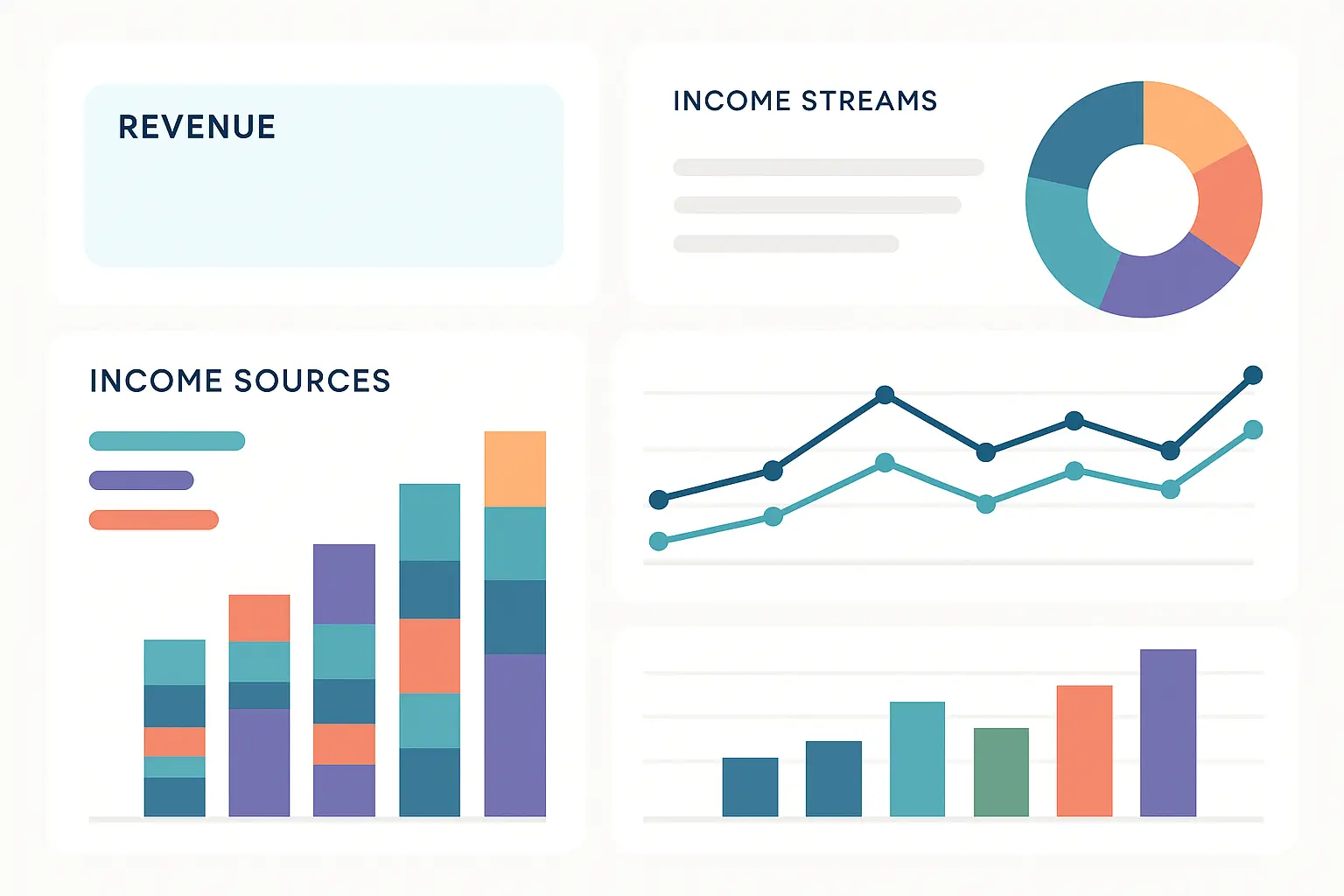
Brand Partnerships and Sponsorships
There’s this creator, Amy, with like 120K subs who charges $12K per sponsored post. Sounds insane until you realize her audience actually buys everything she recommends. She’s got that trust factor that most of us are still trying to build.
Brand partnerships are where the real money lives. A single sponsored video can earn 10-50 times more than the ad revenue from equivalent organic views. We’re talking $1,000-$50,000+ per sponsored video, depending on your audience quality and niche.
The key to high-paying sponsorships isn’t just audience size – it’s audience quality and creator credibility. Brands pay premium rates for creators who can actually influence purchasing decisions, not just generate views.
I’ve seen creators with 100K subscribers command $10,000+ for sponsored content because their audience trusts their recommendations and actually buys the products they promote. Meanwhile, creators with millions of subscribers might struggle to get $5,000 if their audience doesn’t engage with sponsored content.
Recent industry data from Simply Business shows that the average minimum price of a sponsored YouTube video with over one million views was $2,500 in 2022, with videos having 500,000 to one million views commanding between $1,105 and $16,234. That’s way more than ad revenue alone.
Merchandise and Product Sales
YouTube became my gateway drug for everything else. Started with ad revenue, then got people on my email list, sold a course, now I do consulting. YouTube was just step one – the real money came from building relationships beyond the platform.
Merchandise and digital products represent the ultimate creator monetization strategy. Instead of renting your audience to advertisers, you’re selling directly to them. Profit margins are higher, and you maintain complete control over the customer relationship.
Successful creators often generate 20-40% of their income from products. This includes everything from branded merchandise to digital courses, ebooks, and consulting services.
|
Revenue Stream |
Typical % of Total Income |
Effort Level |
Scalability |
|---|---|---|---|
|
Ad Revenue |
15-25% |
Low |
High |
|
Sponsorships |
30-50% |
Medium |
Medium |
|
Merchandise |
10-20% |
High |
High |
|
Digital Products |
20-35% |
High |
Very High |
|
Memberships |
5-15% |
Medium |
High |
|
Affiliate Marketing |
10-25% |
Low |
High |
Advanced Calculator Features and Selection Criteria
The calculator landscape has exploded with new features that go way beyond basic view-to-dollar math. AI integration, predictive modeling, and real-time data feeds are transforming these tools from simple estimators into comprehensive creator business intelligence platforms.
What excites me most about these advanced features is their potential to actually help creators make better strategic decisions. Instead of just telling you what you might earn, they’re starting to suggest what you should do to earn more.
However, feature sophistication comes with complexity. The most advanced calculators require significant time investment to understand and use effectively. You need to decide whether the additional insights justify the learning curve.
AI-Enhanced Prediction Models
The AI stuff is getting weird in a good way. I used this calculator last week that suggested I should make more content on Tuesdays because my audience is apparently more active then. Tried it, and my views jumped 30%. Creepy but effective.
AI integration has revolutionized how calculators approach revenue prediction. Machine learning algorithms analyze massive datasets of creator performance, market trends, and audience behavior to generate predictions that go far beyond traditional statistical models.

These AI models can identify patterns that humans miss. They might notice that creators in your niche earn 40% more when they post on Tuesdays, or that certain thumbnail styles correlate with higher RPMs in your content category.
The accuracy improvements are noticeable, but AI predictions still face the same fundamental challenge as traditional calculators: they’re based on historical patterns that might not continue into the future.
Content Category Optimization
This tool basically told my gaming buddy ‘hey, your audience also loves tech stuff, maybe review some gaming gear?’ He tried it and his earnings went nuts. Sometimes you need a computer to tell you what should be obvious.
AI-powered calculators can suggest optimal content categories and topics based on current market demand and the creator’s audience profile. These recommendations help creators identify high-value content opportunities that align with both audience interests and monetization potential.
I’ve tested several AI-powered tools that recommend content pivots based on monetization potential. One suggested that a gaming creator could increase earnings by 60% by adding tech review content, based on audience overlap analysis and CPM data.
The recommendations can be surprisingly specific. Instead of generic advice about making more gaming content, AI tools might suggest creating mobile gaming reviews on Thursday afternoons targeting the 18-25 demographic.
Trend Prediction and Timing
Jenny started using this AI scheduling thing and her views tripled. Same content, same everything, just posting when the algorithm suggested instead of whenever she felt like it. Made me realize how much I was shooting myself in the foot with random upload times.
Trend prediction algorithms attempt to identify viral opportunities before they peak. These systems monitor social media signals, search volume changes, and early content performance indicators to spot emerging trends.
The timing component is equally sophisticated. AI models analyze your audience’s online behavior patterns to predict when your specific viewers are most likely to engage with new content. This isn’t just about general “best posting times” – it’s personalized to your audience.
I’ve seen creators increase their view counts by 200-300% simply by following AI-generated posting schedules. The algorithms identified optimal windows when their audience was online and competing content was minimal.
Integration with Creator Analytics Platforms
I love that these things just sync with my YouTube account now. Used to spend forever typing in numbers, probably getting half of them wrong. Now it just knows my stats better than I do.
Platform integration has transformed calculators from standalone tools into comprehensive creator dashboards. Direct connections to YouTube Analytics, social media platforms, and business tools create seamless workflows that update automatically as your channel grows.
The convenience factor is huge. Instead of manually inputting view counts and engagement rates, integrated calculators pull live data and update projections in real-time. Your revenue estimates stay current without any additional effort.
More importantly, integration enables personalized insights that generic calculators can’t provide. The tools learn your specific audience behavior, content performance patterns, and monetization trends to generate increasingly accurate predictions over time.
Real-Time Performance Tracking
This immediate feedback loop accelerates learning and optimization. Instead of waiting weeks or months to analyze performance trends, you can spot successful strategies within hours or days of implementation.
Live data integration allows creators to see immediate revenue impact from content changes and optimization efforts. Real-time tracking helps creators identify which strategies are working and adjust their approach based on current performance rather than historical averages.
The psychological impact is significant too. Watching your revenue projections update in real-time based on current video performance creates a much stronger connection between your creative decisions and financial outcomes.
Competitive Analysis Features
Found out this creator with half my subs was making twice my money. Hurt my ego until I realized she was just way smarter about sponsorships and affiliate stuff. Sometimes it’s not about the size of your audience – it’s what you do with them.
Advanced calculators provide competitor revenue estimates and market positioning insights to help creators identify growth opportunities. Competitive analysis features reveal how similar creators monetize their audiences and identify potential gaps in the market.
The insights can be eye-opening. You might discover that competitors with smaller audiences are out-earning you through better monetization strategies, or identify underserved topics in your niche with high earning potential.
However, competitive data should be taken with significant skepticism. These estimates are based on external analysis and assumptions that might not reflect actual earnings. Use them for strategic inspiration, not precise benchmarking.
ROI Calculation for Content Investment
I used to blow $400-500 on fancy production for videos that barely broke even. Then I tried just talking to my camera with decent lighting – cost me maybe $30 in electricity and made $180. Sometimes simple wins, and your wallet definitely notices.
Professional-grade tools calculate return on investment for video production costs, helping creators optimize their content budgets for maximum profitability. ROI calculations help creators understand which types of content generate the best financial returns relative to production investment.
This business-focused approach transforms content creation from creative guesswork into strategic investment decisions. You can identify which video styles, topics, or production values generate the highest profit margins.
The results often surprise creators. High-production videos might generate more views but lower ROI due to increased costs. Simple talking-head videos might deliver better financial returns despite lower view counts.
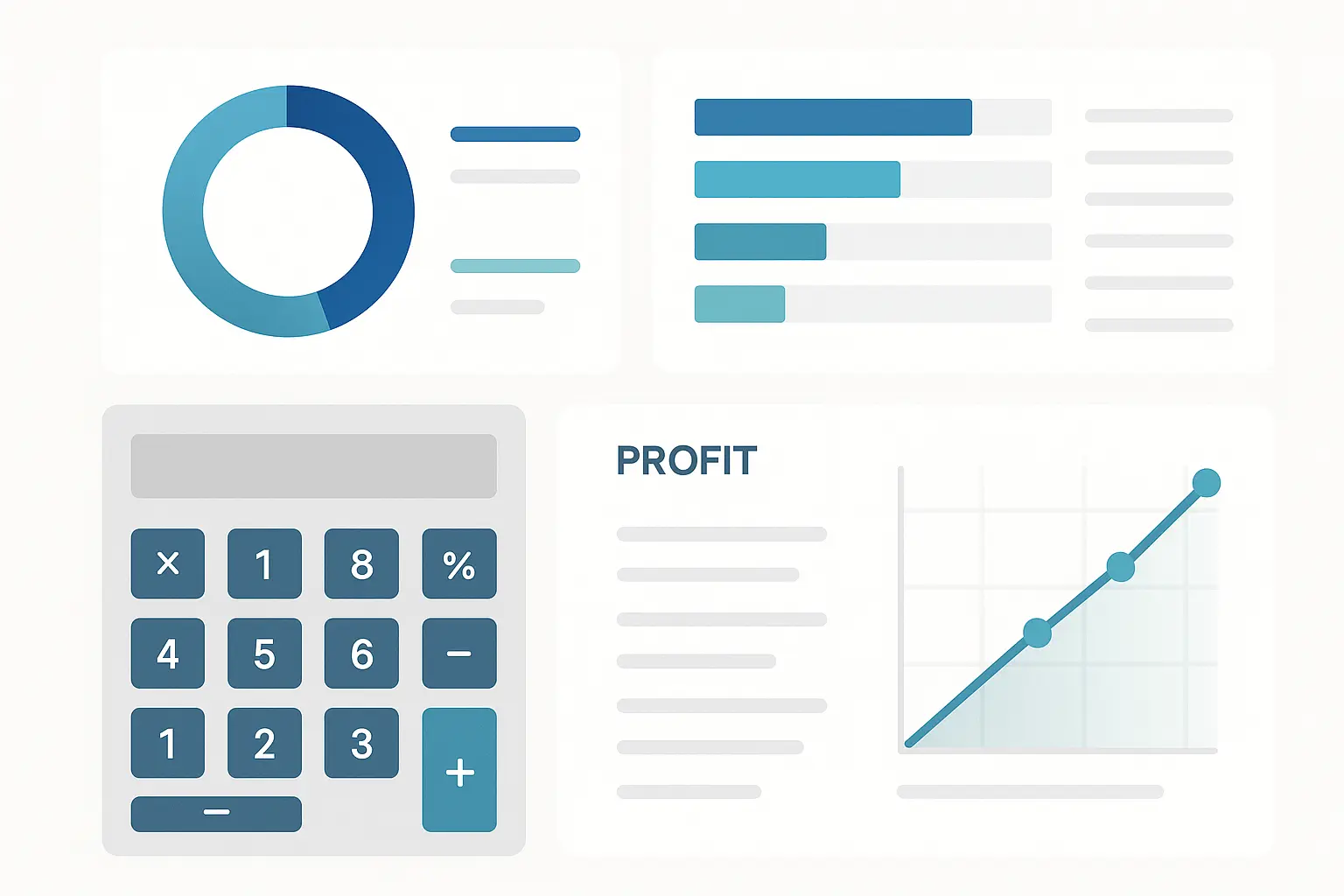
Strategic Implementation: From Calculation to Revenue Optimization
I had to stop treating these calculators like magic 8-balls and start using them like business tools. Instead of asking ‘how much will I make?’ I started asking ‘what should I do differently?’ Game changer.
Calculator insights mean nothing without strategic implementation. I’ve seen creators obsess over revenue projections while ignoring the actionable strategies that could actually increase their earnings.
Understanding calculator outputs is only the first step; successful creators use these insights to develop comprehensive monetization strategies that maximize long-term earning potential while building sustainable audience relationships.
This strategic approach treats your YouTube channel as a business with measurable inputs, processes, and outputs. Revenue calculators become business intelligence tools rather than fortune-telling devices.
Data-Driven Content Strategy Development
I went back through my top 20 videos trying to figure out what made them work. Turns out my 8-12 minute videos posted on Wednesday mornings consistently crushed everything else. Felt obvious in hindsight, but I never would’ve noticed without digging into the data.
Data-driven content strategy development uses calculator insights to make strategic decisions about what content to create, when to publish it, and how to optimize for maximum revenue impact.
Revenue calculators provide the foundation for strategic decision-making, helping creators identify high-value content opportunities and optimize their publishing schedules for maximum financial impact.
This was hard for me – I loved making these artsy short films that got great comments but terrible money. Had to decide if I was making art or running a business. Ended up doing both, but the business stuff funds my creative experiments now.
The approach requires balancing creative passion with financial pragmatism. You might love creating certain types of content, but if the data shows they generate poor returns, you need to decide whether to optimize them or shift focus to higher-earning opportunities.
Successful creators develop content portfolios that include both passion projects and strategic revenue-focused content. The high-earning content funds the creative experiments and passion projects.
Creator Revenue Optimization Checklist:
-
Analyze top-performing videos for common elements
-
Identify highest-RPM content categories in your niche
-
Map audience demographics to content preferences
-
Test different posting schedules based on audience activity
-
Monitor seasonal trends in your content category
-
Track engagement rates across different video formats
-
Compare ad revenue to other monetization streams
-
Set monthly revenue targets with specific action plans
Content Performance Forecasting
The forecasting process involves analyzing your best-performing content to identify patterns in topics, formats
The forecasting process involves analyzing your best-performing content to identify patterns in topics, formats, length, and publishing timing. These patterns become templates for future content planning.
By analyzing historical data and market trends, creators can predict which content types will generate the highest revenue and allocate resources accordingly. Performance forecasting helps creators make informed decisions about content investment and resource allocation.
Market trend analysis adds another layer by identifying emerging topics or declining interest areas. You can spot opportunities to create content around growing trends before competition becomes saturated.
Audience Development Planning
Discovered my 25-35 year old viewers from English-speaking countries were worth like 5x more than my younger international audience. Didn’t change my content completely, but I started thinking about what would appeal to that higher-value group.
Calculator insights help creators understand which audience segments provide the highest value, informing targeted content creation and community building efforts. Audience development planning focuses on attracting and retaining viewers who contribute most to revenue generation.
The analysis might reveal that viewers from certain geographic regions, age groups, or interest categories generate significantly higher revenue per view. This insight informs content creation and marketing strategies designed to attract more high-value viewers.
Community building efforts can also be optimized based on revenue data. Focus relationship-building activities on audience segments that contribute most to your monetization goals while maintaining authentic engagement across your entire community.
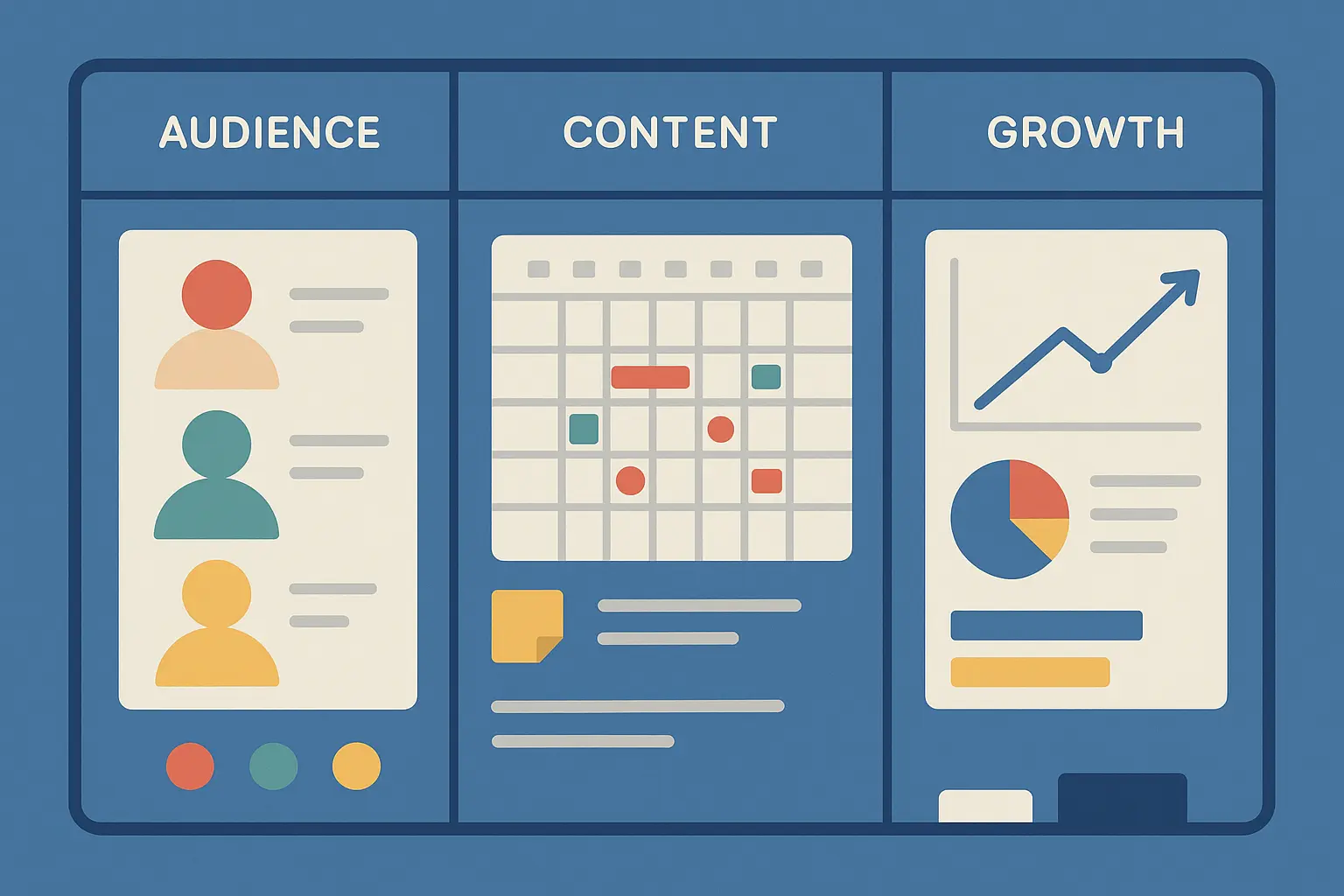
Revenue Optimization Tactics
Just by moving my mid-roll ads to better spots in my videos, I bumped my earnings by 40%. Same videos, same audience, just smarter about where I stuck the ads. Felt like finding free money.
Revenue optimization tactics focus on increasing earnings from your existing audience rather than just growing view counts. These strategies maximize the value of every viewer interaction across all monetization channels.
Moving from passive income generation to active revenue optimization requires implementing specific strategies that maximize every aspect of the monetization funnel. These tactics focus on increasing revenue per view rather than just increasing view counts.
The optimization mindset recognizes that doubling your revenue per view is often easier than doubling your view count. Small improvements across multiple monetization areas compound into significant income increases.
Implementation requires systematic testing and measurement. You try different optimization strategies, measure their impact on revenue, and scale the successful approaches while abandoning ineffective tactics.
Ad Placement and Format Optimization
Spent a month testing different ad setups – more ads, fewer ads, different types. My audience hated non-skippable ads but didn’t mind mid-rolls if I warned them it was coming. Every audience is different, so you gotta test what works for yours.
Ad placement and format optimization can boost revenue by 30-50% without changing your content or growing your audience. Strategic ad positioning maximizes earnings while maintaining viewer satisfaction.
Strategic ad placement and format selection can increase revenue by 30-50% without requiring additional views, focusing on viewer experience and engagement retention. Ad optimization balances revenue maximization with audience satisfaction to ensure long-term sustainability.
The key is finding the sweet spot between revenue maximization and viewer experience. Too many ads drive viewers away, reducing long-term earnings. Too few ads leave money on the table.
Testing different ad formats, placements, and frequencies helps identify the optimal configuration for your specific audience. What works for one creator might not work for another, so personalized testing is essential.
Ad Optimization Testing Framework:
-
Test mid-roll ad placement at different video timestamps
-
Compare skippable vs. non-skippable ad performance
-
Monitor viewer retention after ad breaks
-
Experiment with ad frequency per video length
-
Track RPM changes with different ad formats
-
Analyze audience feedback on ad experience
-
A/B test thumbnail and title impact on ad revenue
Cross-Platform Revenue Integration
YouTube became my gateway drug for everything else. Started with ad revenue, then got people on my email list, sold a course, now I do consulting. YouTube was just step one – the real money came from building relationships beyond the platform.
Cross-platform revenue integration treats YouTube as your primary marketing channel while building monetization systems across multiple platforms and revenue streams.
Successful creators use YouTube as an anchor platform while developing revenue streams across multiple channels, creating a robust and diversified income portfolio. Cross-platform integration reduces platform dependency while maximizing audience monetization potential.
The strategy reduces platform dependency risk while maximizing audience monetization potential. Your YouTube audience becomes the foundation for email lists, social media followings, product sales, and service offerings.
Integration requires strategic content planning that drives viewers toward your owned platforms and revenue streams. YouTube content becomes the top of your marketing funnel rather than your entire business model.
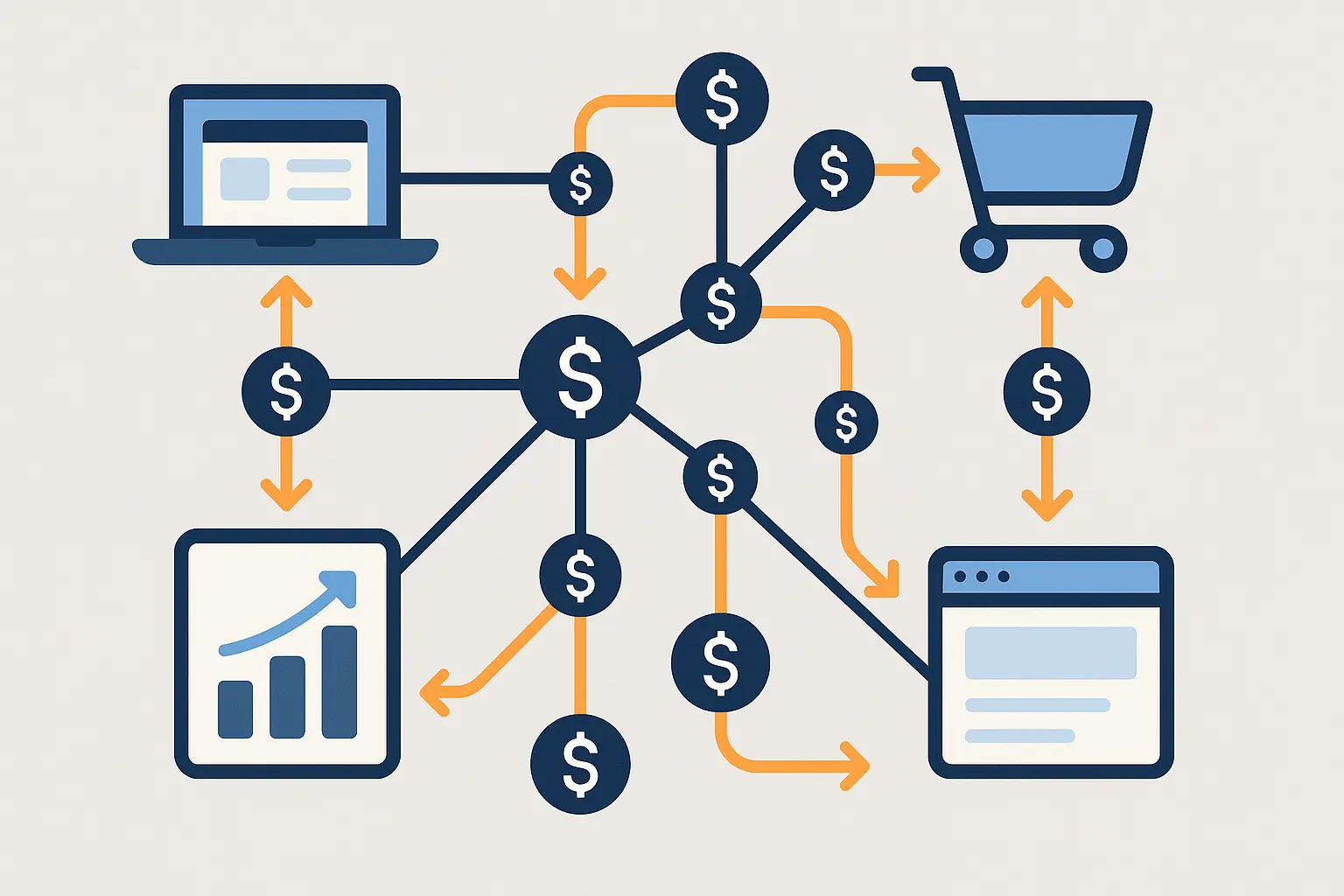
Final Thoughts
The creators I know making six figures aren’t obsessing over RPM calculators anymore. They’re thinking bigger – YouTube brings in the audience, but they make their real money selling stuff, doing consulting, speaking at events. The platform is just the beginning, not the end goal.
YouTube ad revenue calculators have evolved into sophisticated tools that provide valuable insights for creators serious about monetization. However, their greatest value isn’t in predicting exact earnings – it’s in informing strategic decisions about content creation, audience development, and business growth.
YouTube ad revenue calculators serve as valuable starting points for understanding creator monetization potential, but their true value lies in informing strategic decisions rather than providing precise earning predictions. Success requires combining calculator insights with diversified monetization strategies, audience development, and business thinking that extends beyond platform-dependent revenue streams.
The most successful creators I’ve studied use calculators as business intelligence tools rather than fortune-telling devices. They analyze the data, identify optimization opportunities, and implement strategies that maximize revenue across multiple streams. Ad revenue becomes just one component of a diversified income portfolio.
Understanding the limitations and capabilities of these tools helps you set realistic expectations while focusing on actionable strategies that actually move the needle. The creators making serious money aren’t just chasing higher calculator estimates – they’re building sustainable businesses that use YouTube as a marketing platform for broader monetization goals.



